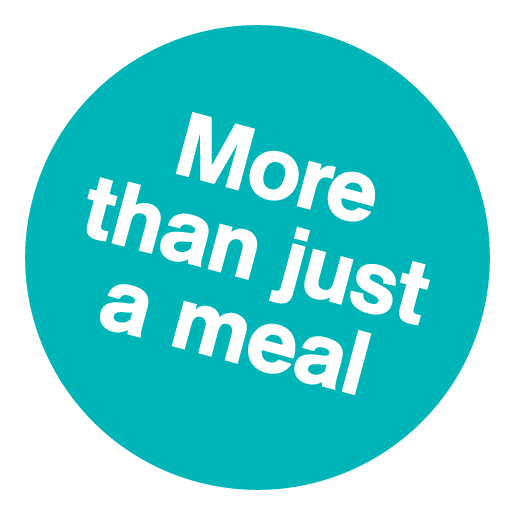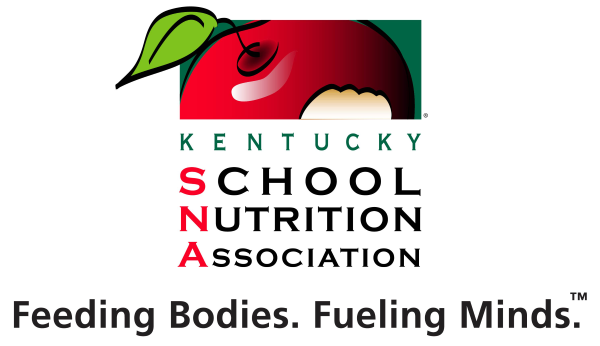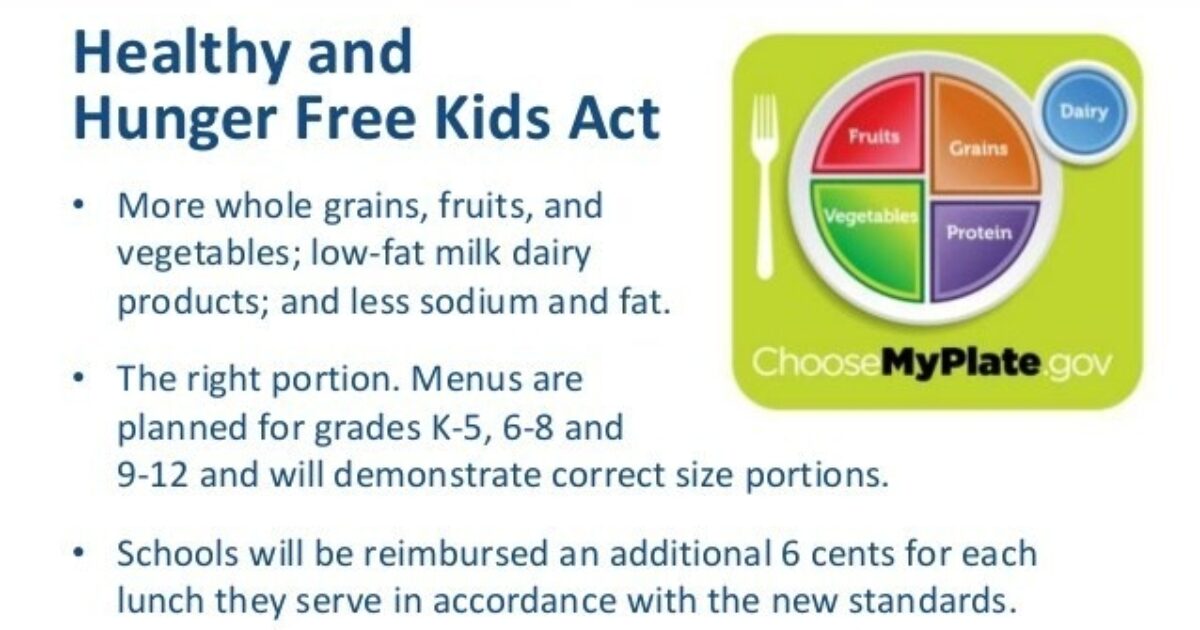About KSNA
The Kentucky School Nutrition Association is a vibrant association with a membership of over 2,000 Kentucky school nutrition professionals. KSNA members include school nutrition staff and managers, district level staff which include supervisors, office personnel, district directors and state agency staff and directors from the Kentucky Departments of Agriculture and Education. We are also fortunate to have great support from Industry Partners who work with us to provide services, training, and education to our members.
Detailed nutrition standards, strict food-safety requirements along with complex regulations, limited budgets, special dietary restrictions make every day a challenge for school nutrition professionals. Administering and operating school meal programs require skills and knowledge in many areas. KSNA provides learning opportunities at several meetings such as Managers Conference, Administrators Conference and the Annual Conference throughout the year. Programs like the School Nutrition Association's Certificate Program as well as their Credentialing Program also help members improve and grow. To learn more about SNA's professional development, visit https://schoolnutrition.org/

One in five, or 15 million, children in America live in households without consistent access to adequate food. Every Monday morning, school nutrition professionals witness this hunger on the faces of students eagerly waiting in line for a school breakfast after a long weekend without enough to eat. School meals provide a critical safety net for children from low-income families.
Scientific research links school meals and healthy diets to academic success which has led to the expansion of breakfast programs, summer feeding programs, and afterschool meals to meet the nutritional needs of students and fueling the ability to learn.
School meal programs are self-sustaining, funded through federal reimbursements and sales revenue, and independent of school district education budgets. By law, school meal programs are required to operate as non-profit entities.
School Lunch: The National School Lunch Program (NSLP) is a federally assisted meal program operating in public and non-profit private schools and residential child care institutions. In 2016, 30.4 million children participated in the program.
School Breakfast: On average, students who eat school breakfast have been shown to achieve 17.5% higher scores on standardized math tests and attend 1.5 more days of school per year. School nutrition staffs are finding creative ways to overcome barriers such as tight bus schedules, late school arrivals and early class schedules by developing innovative delivery methods such as grab ‘n go, hallway kiosks, breakfast in the classroom and breakfast after the bell.
Summer Meals: For many students, summer break means an end to the free and reduced-price meals that they depend on during the school year. Many communities and school nutrition programs across the nation are stepping up to make sure children do not go hungry during the summer. Through the USDA’s Summer Food Service Program, schools serving low-income students can provide free meals and snacks to children at school cafeterias, parks, playgrounds, public housing complexes, summer camps and churches.
Afterschool Snack and Meals: Through NSLP, nearly 26,000 schools and institutions serve healthy snacks to children participating in afterschool activities. Under the Child and Adult Care Food Program (CACFP), eligible sites serve a snack or meal as part of afterschool activities.
Fresh Fruit and Vegetable Program: This program provides free fresh fruits and vegetable snacks to students during the school day in elementary schools with high free and reduced-price eligibility rates. Participating schools receive between $50 and $75 per student each year.
Important Dates for School Meals

1946 President Harry Truman signs the National Lunch Act, which establishes the National School Lunch Program (NSLP). Basic nutritional guidelines were established.
1946 During a combined meeting of the Food Service Directors Conference and the National School Cafeteria Association, the membership of the two groups voted to merge, and the School Food Service Association was born.

1947 The first annual convention was held in Dallas with 478 in attendance and there were 39 exhibits.
1949 School Meals, the association’s first membership publication was developed.

1956 Kentucky School Food Service Association was established with Virginia Wheeler serving as President.
1962 Congress establishes an annual National School Lunch Week by a joint resolution.

1966 The Child Nutrition Act of 1966 creates a 2-year breakfast pilot, establishes foodservice equipment assistance and increases funds to feed “needy” children.

1969 The 1969 White House Conference on Food, Nutrition and Health leads to expansion of child nutrition programs and the enactment of the free and reduced-price school lunch program for low-income students. USDA’s Food and Nutrition Service is established.
1975 Congress permanently authorizes the School Breakfast Program.
1981 Federal administration cuts one-third of child nutrition funding, with devastating consequences for local programs and NSLP participation.
1995 Child nutrition programs are challenged, as Congress seeks to cut government spending. The “Contract with America” includes welfare-reform provisions to cut all child nutrition entitlement programs in favor of block grants to the states. Block grants are defeated and child nutrition programs remain intact.

2004 The American School Food Service Association approves a new name: School Nutrition Association.
2004 The Child Nutrition and WIC Reauthorization Act of 2004 mandates local school wellness policies involving communities in establishing healthy school environments.

2010 President Barack Obama signs the Healthy, Hunger-Free Kids Act into law. (P.L. 111-296).
2017 The National School Lunch Program is the largest federal child nutrition program and the second-largest single source of federal funding for elementary and secondary schools.

The Community Eligibility Provision (CEP) schools do not collect household applications but are reimbursed based on a percentage of directly certified students in their schools. For the CEP schools the October enrollment is multiplied by the CEP direct certification percentages as an estimate of free and reduced students. A voluntary alternative income form (known as the Household Income Form (HIF)) is collected on each student for state and federal reporting purposes and entered into Infinite Campus, the statewide student information system. To obtain the free/reduced percentage based on the HIF form please visit the KDE data request website: http://education.ky.gov/districts/tech/pages/datarequests.aspx. For additional CEP information please visit the KDE Provisions website: https://www.fns.usda.gov/cn/community-eligibility-provision
|





